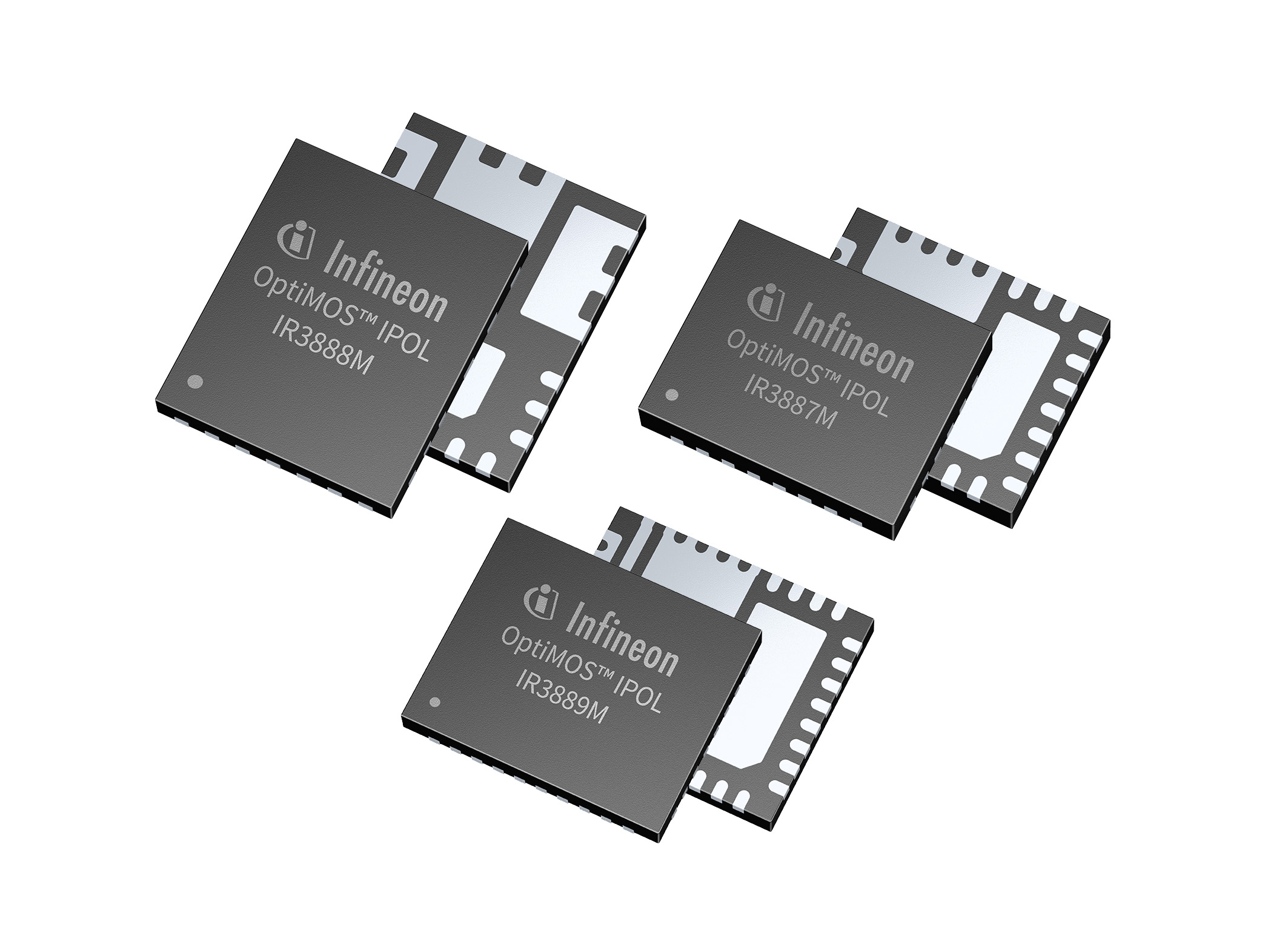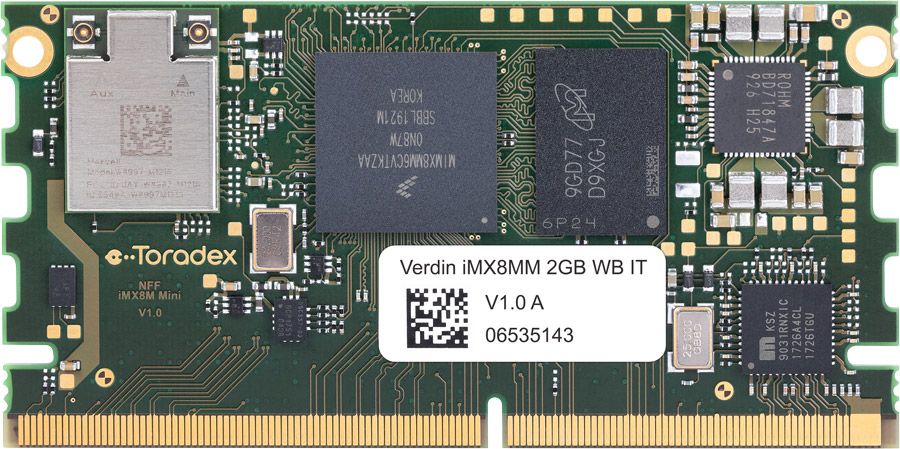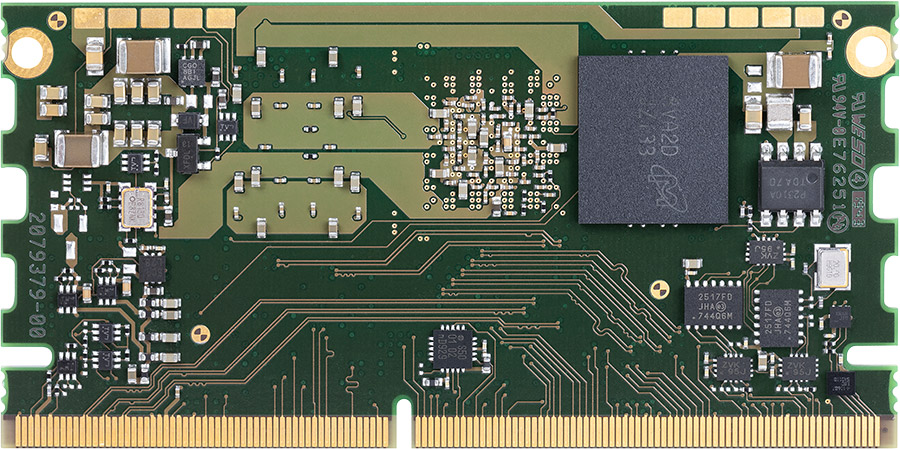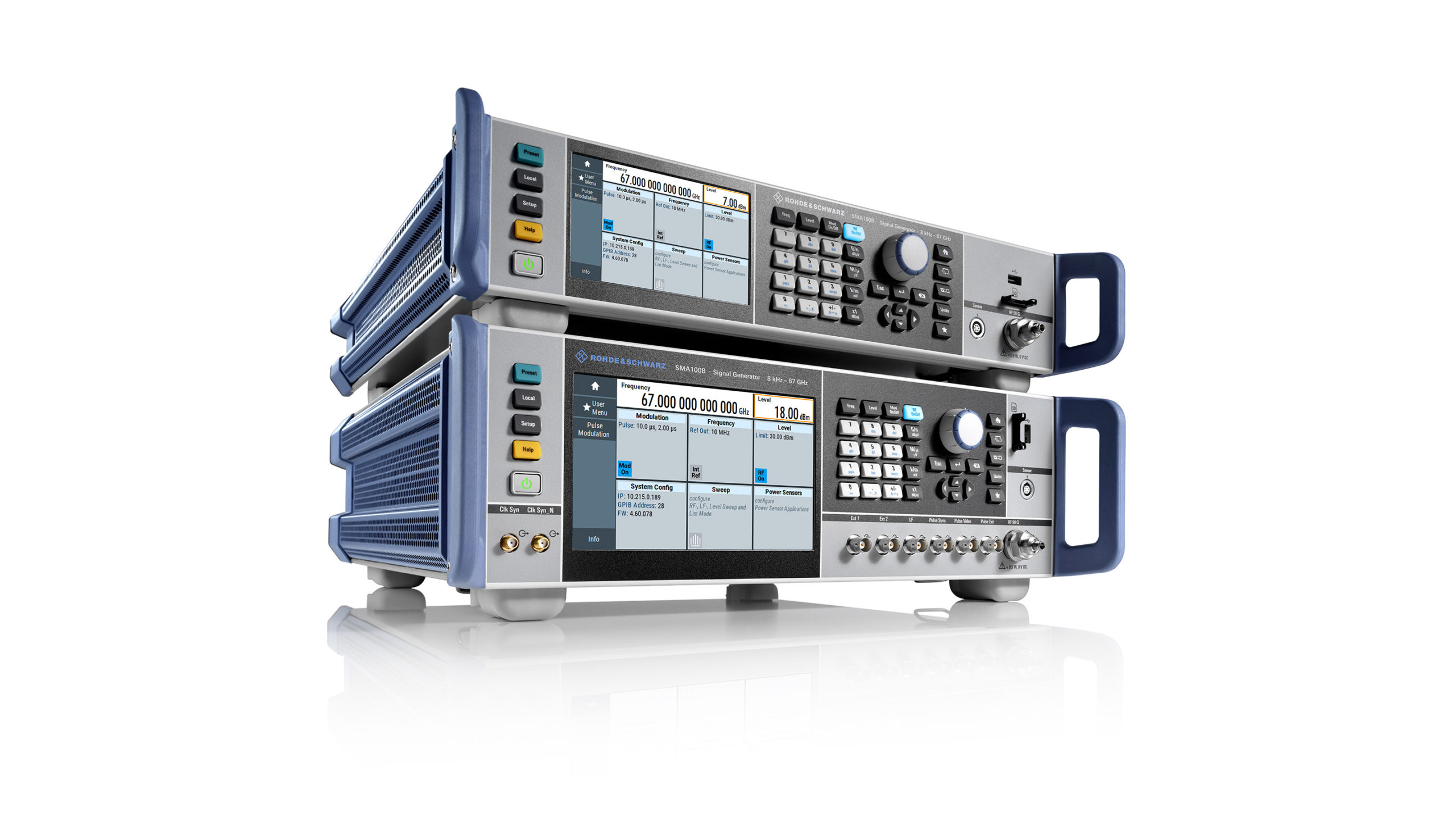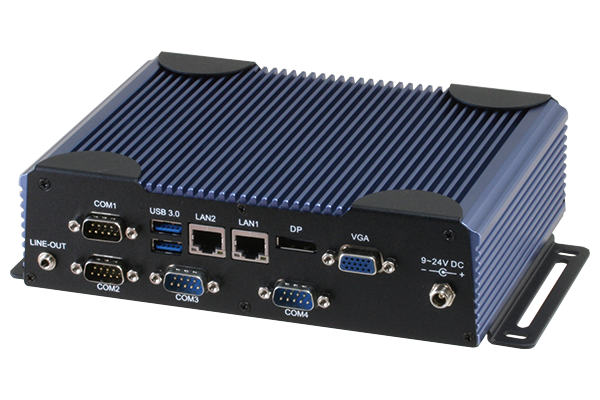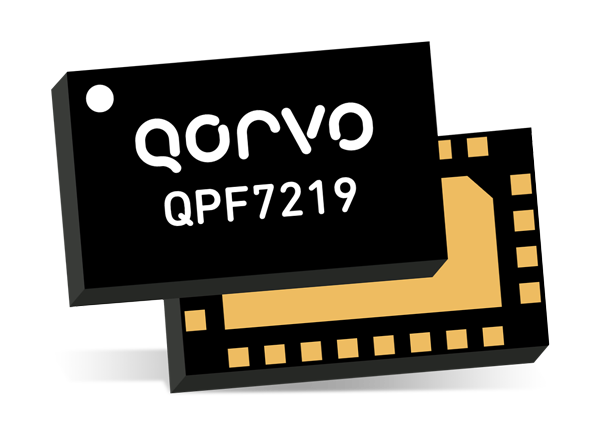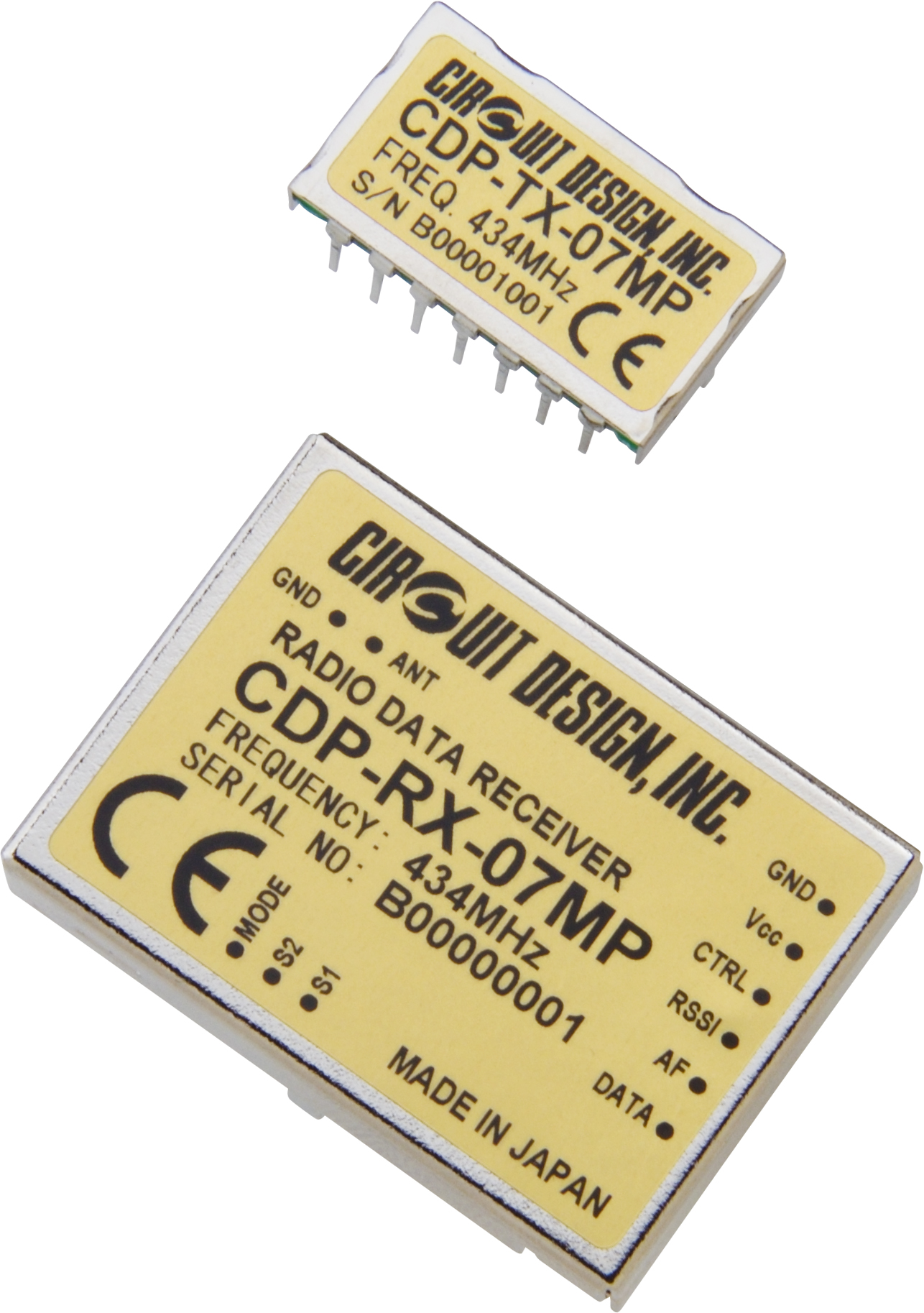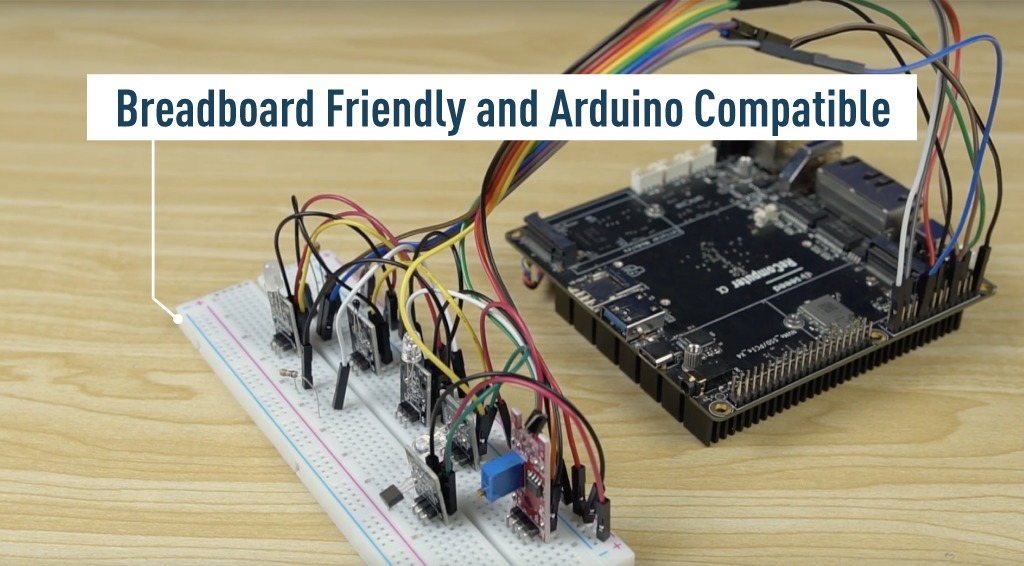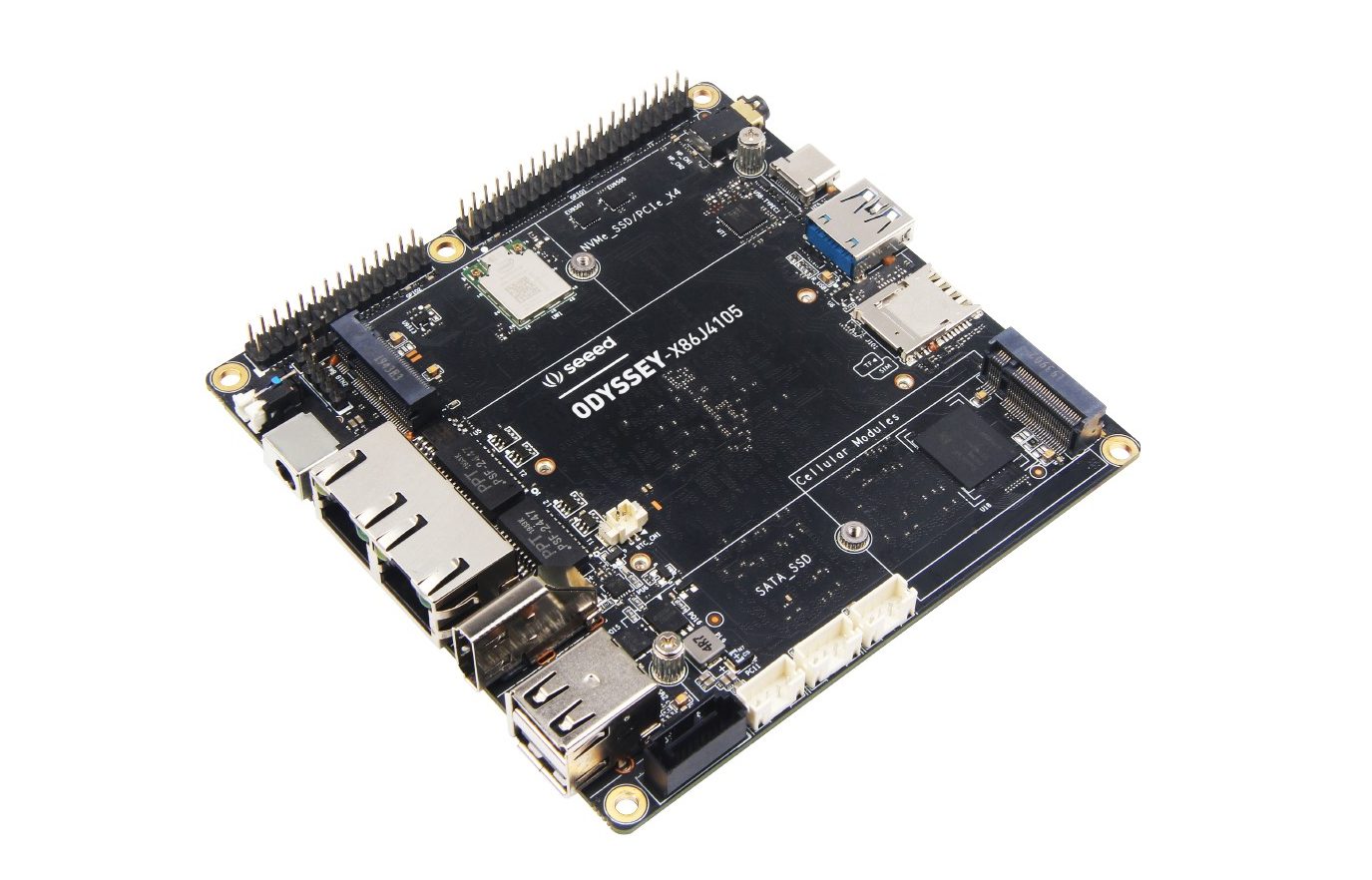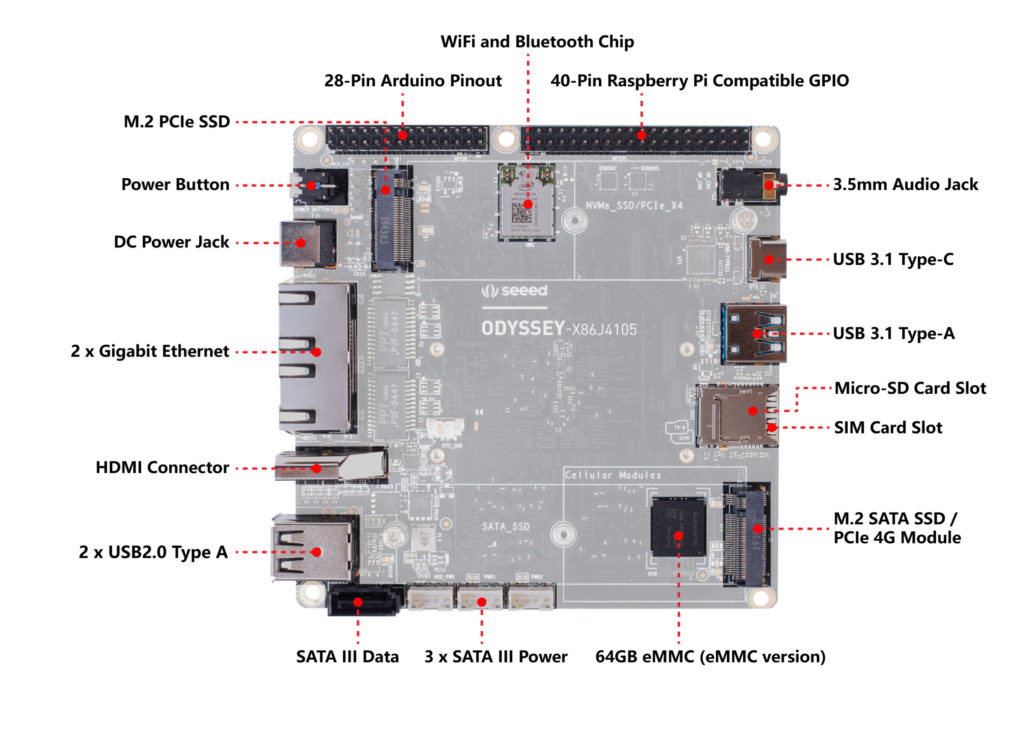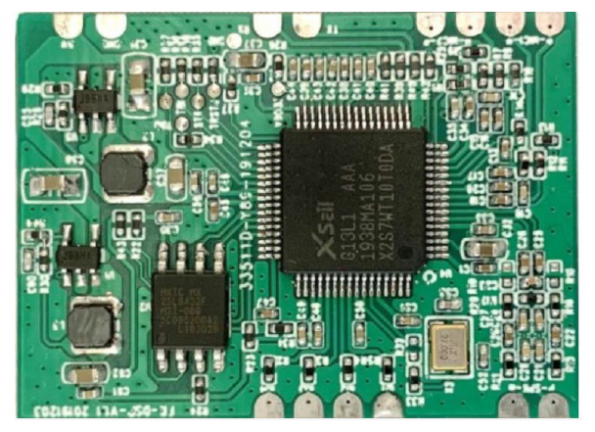Taiwan based company called Winmate recently released a new board. The new board is equipped with a quad0core 1.1GHz/2.5GHz Apollo Lake Pentium N420 processor. It is rated an industrial thin Mini ITX board with operating temperature support from -20 to 60°C and the storage temperature is -40 to 70⁰ C.
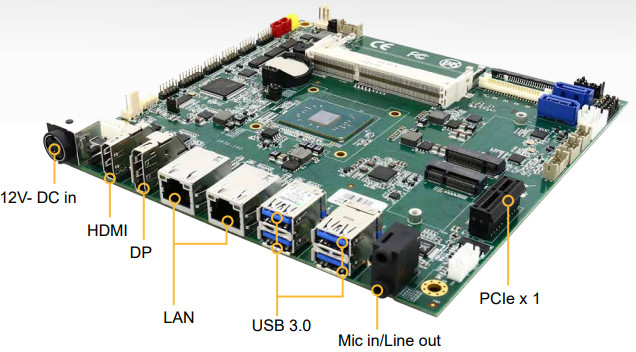
The Winmate board is equipped with up to 8GB dual-socket, 1866MHz DDR3L and comes with 4 USB 3.0 ports, 2 GbE ports, and 2 SATA interfaces. The board is currently called the Winmate IP70 and it currently has no operating system information however, a similar board released by the company runs on Linux and Windows. So there is a high probability that this board will also support Linux and Windows.

Winmate IP70 comes with different peripherals, some of which are: an audio jack, a single DP 1.2 (4096 x 2160 @60Hz), 1x HDMI 1.4b (3840 x 2160 @ 30Hz), 1 Power jack, a 1 x 3-pin digital panel for controlling brightness and even a 1 x 7-pin inverter. Dimensions of the board are 170 mm by 170 mm are also available along with an On-Screen-Display (OSD) membrane control.
Also, there is an M.2 slot for Wi-Fi and an optional PCIe 2.0 expansion slot on the Winmate IP70 board. One of the two SATA presents will not be available when the M.2 SATA is being used. This is because SATA 2 and M.2 SATA cannot be used concurrently.
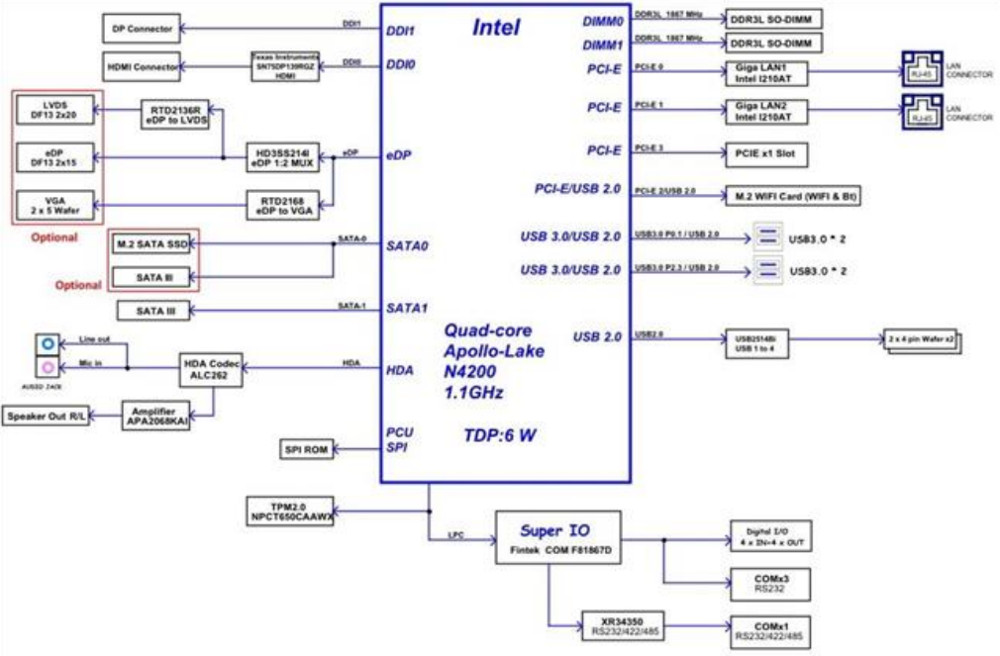
For graphics, there is an Intel HD Graphics 505 which supports DirectX 12 and OpenGL4.3. The audio controller is a Realtek HD codec and it accepts 12V Single Voltage Power input.
Technical Specifications
- Processor: Intel Pentium N4200 Apollo Lake Processor 1.10 GHz, up to 2.50 GHz with turbo boost technology
- Memory: 2 × DDR3L 1866 MHz SO-DIMM (max. 8GB)
- Ethernet Controller: Intel I210AT Gigabit-LAN Controller + I219LM Gigabit-LAN PHY
- Expansion Slot: 1 x M.2 slot (for SSD)
- Back Side I/O: 2 x RJ-45 for Giga LAN
- 1 x DP 1.2
- 1 x HDMI 1.4b
- 1 x Audio Jack (Mic-in, Line-out)
- 1 x (+12V) DC-in Power Jack
- 1 x Clear CMOS Button
- 1 x Reset Button
- Others:
- 3 x RS-232 2×5 pin-header
- 1 x RS-232/422/485 2×5 pin-header
- 4 x USB 2.0
- 1 x LVDS by DF-13 40 pin connector
- 1 x SATA power by 2×4 pin wafer
- 2 x -pin-header for a speaker (with Amplifier): Left, Right
- 1 x 14-pin pin-header for DIO
- 1 x 3-pin digital panel backlight brightness controller
- 1 x 2×2-pin DC-in 12V connector
- 2 x 2-pin wafer for +5V external power (Red)
- 1 x 2-pin wafer for 12V external power (Yellow)
- 1 x OSD membrane control
- 1 x eDP panel by JAE-FI-X30S-HF 30p connector (Optional)
- 1 x 10-pin wafer for VGA output(Optional)
- Audio Controller: Realtek HD codec
The Winmate board currently has no pricing or availability information and it can be seen on the product page that some specifications might be changed without prior notice


